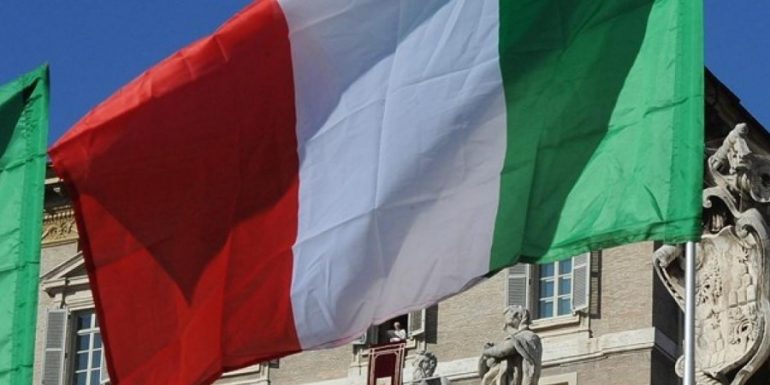The Italian Parliament is convened on January 24 to elect the successor of the President of the Italian Republic Sergio Matarella, whose term ends on February 3, the Italian Parliament announced today.
The possibility of Prime Minister Mario Draghi taking over the presidency of the Republic remains.
Even if his responsibilities are mainly symbolic, the President of the Italian Republic has a key role to play in the event of a government crisis.
In this context, the outgoing President Sergio Matarella appealed to the former President of the European Central Bank last February to replace the Prime Minister Giuseppe Conte, when he lost the parliamentary majority.
Mario Draghi, 74, has since led a broad governing coalition that covers the spectrum from the left to the nationalist right of Matteo Salvini, passing to the right of Silvio Berlusconi.
The leader of this heterogeneous governing coalition, Mario Draghi, who is highly regarded on the international stage, and especially in Brussels, has managed to manage the health crisis and introduce reforms (digitization, reform of public administration), economic recovery fund.
The eurozone's third largest economy has strengthened by € 191,5 billion for the period 2021-2026.
"Mario Draghi, who has not publicly revealed his possible interest in the presidency," is by definition the favorite candidate because I do not see anyone else today being able to secure the support of all political parties, "he told AFP. Lorenzo Codogno, Visiting Professor at the London School of Economics.
Complicated procedure
Mario Draghi's accession to the presidency of the Italian Republic would raise the thorny issue of finding a successor to the prime minister who is able to maintain the cohesive majority of the current majority, with its components already moving in different directions, and possibly leading to elections.
Many would prefer to remain in the prime minister's office until the 2023 parliamentary elections to continue the reforms that began a year ago.
"Draghi did a good job, but most of the reforms he started are still ongoing and far from complete," says Lorenzo Codogno. "It will be important for a new government to be as committed to implementing reforms as the current one."
Mario Draghi is not the only one in the race: a series of names are circulating in the Italian press for the successor of Sergio Matarella, the 80-year-old Sicilian who embodied unity in the storm.
Among the most prominent are former Christian Democrat Parliament Speaker Pierre Ferdinando Cassini, former Prime Ministers Paolo Gentiloni, European Commissioner for the Economy, and Giuliano Amato, the 82-year-old European who drafted the European Parliament.
"It's time to elect a woman," cultural figures said in an article published over the weekend. Under such a scenario, the current Minister of Justice Marta Cartambia, 58, could play a role, as well as Paola Severino, 73, also Minister of Justice in the period 2011-2013 in the government of Mario Monti.
The manner in which the President is elected by Parliament is complex. Deputies and senators, together with the representatives of the 20 Italian regions, that is, a total of about a thousand people gather to vote.
In the first three rounds of voting, a two-thirds majority is required, but from the fourth round, a simple majority is sufficient. Voting is by secret ballot, which has come as a surprise in the past, as many have not hesitated to violate party discipline.
Uncertainty, therefore, remains about the outcome of the vote to elect the president, "a characteristic of Italian politics," observes Lorenzo Codogno.
Source: RES-EAP
